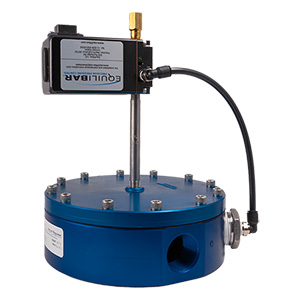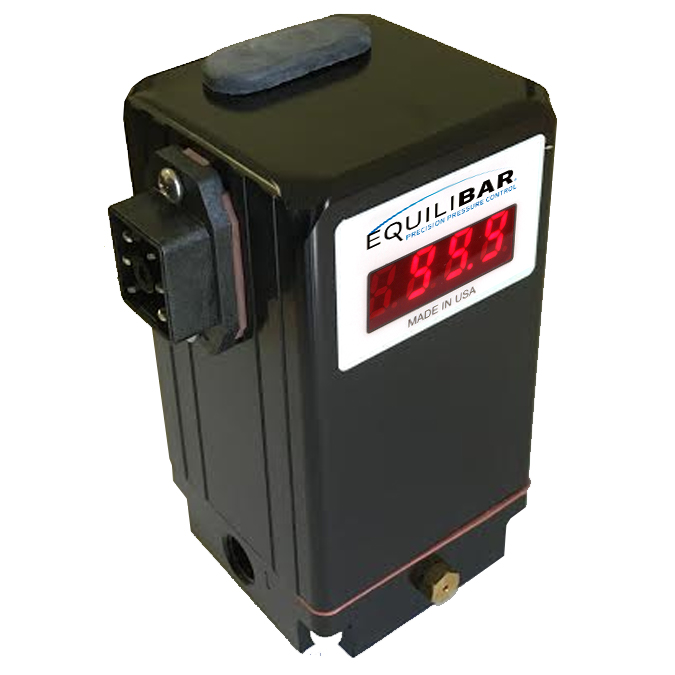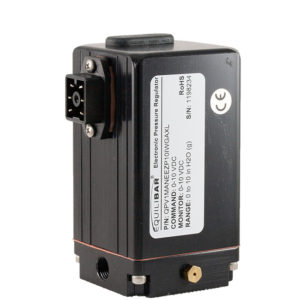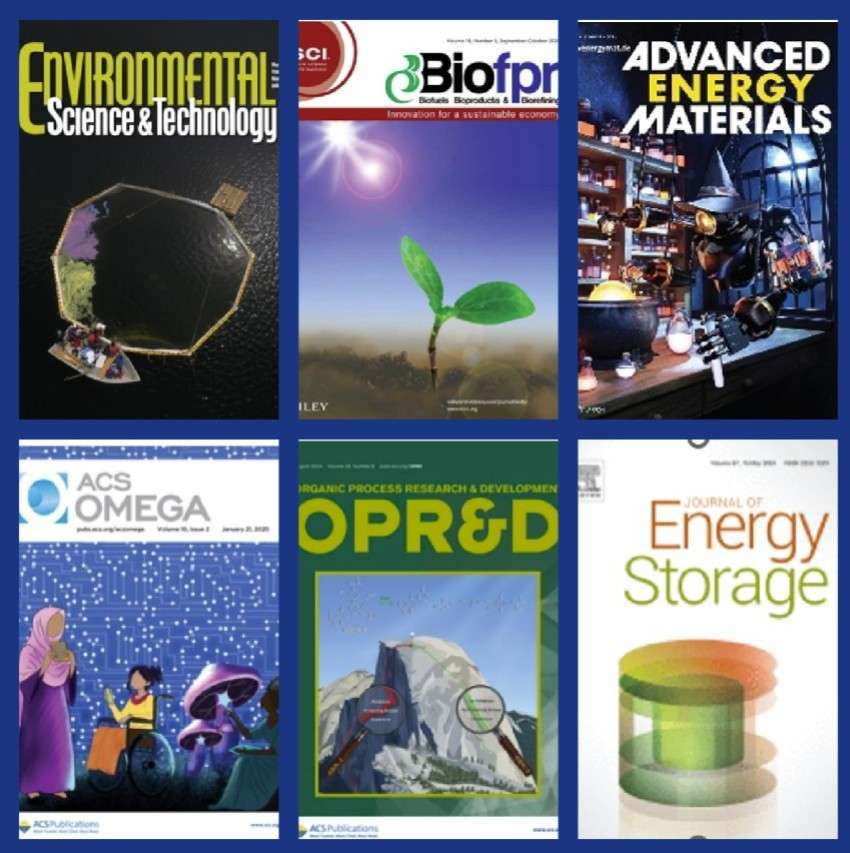Absolute Pressure Regulators
Many applications require control of pressure in the absolute range. This means that the controlled pressure is not relative to the atmospheric (gauge) pressure, but is expressed in units relative to a perfect vacuum. Common units for absolute pressure and absolute vacuum are psia, bar(a), and Torr (mm Hg).
Equilibar’s unique back pressure regulators (BPRs) are typically marketed for the positive pressure range (relative to atmosphere), but are also sold for pressure ranges less than atmospheric as “vacuum regulators”. These regulators can easily be configured to provide direct control of absolute pressure.
Because Equilibar BPRs are configured to make its inlet port match its pilot port’s setpoint pressure, these BPRs don’t actually sense the atmospheric pressure at all – it doesn’t “know” the atmospheric pressure. Whatever pilot setpoint pressure signal is placed on the BPR dome (vacuum, positive, or absolute referenced), that is what the inlet port controls to. This is a very powerful concept for advanced control schemes. The key is getting a pilot pressure regulator that controls pressure relative to absolute vacuum, or in absolute vacuum units. There are few good options for mechanical regulators that can provide a pilot setpoint pressure in this way. Therefore the best option for controlling either of these pressure ranges is an electronic pressure regulator configured to provide the proper setpoint signal.
Electronic Pressure Regulators for absolute range
The Equilibar ultra high resolution QPV electronic pressure regulator, as pictured in the image at right, is one available instrument for supplying an automated pilot pressure to our Equilibar BPR’s dome. Equilibar has other electronic pressure regulators available as well. Commonly the QPV comes with an atmospheric (gauge) reference, but the QPV can also be fitted with internal electronic pressure sensors that are referenced to absolute pressure. These small sensors are installed at the factory with an absolute vacuum on one side of the membrane and inherently read in absolute terms without regard to local atmospheric pressure.
A common range for these sensors is 0-15 psia, which would allow for full vacuum control in absolute units. However, by selecting a 0-30 psia sensor range, the QPV can easily cross from vacuum to positive (relative to atmospheric) pressures. In this instance, a zero volt DC electronic command signal to the QPV would yield zero psia and a 10 VDC command signal would provide a 30psia output pressure.
Alternatively, a sensor with a range of +/-15 psig can be installed in the QPV to allow pressure control above and below local atmosphere. In this instance a 5VDC signal would always produce an output pressure equal to the local atmospheric pressure. By integrating the QPV electronic pressure regulator to act as the pilot regulator for an Equilibar vacuum regulator, it is possible to have seamless automated pressure control through absolute, vacuum (gauge), or vacuum-through-positive pressure ranges.
Applications
Applications requiring absolute pressure referenced control often involve the relative masses of the gases being controlled. Applications include custody transfer and mixing gasses in Stoichiometric ratios. By utilizing an absolute pressure referenced regulator, the effects of changes in local atmospheric conditions are avoided. Other applications for absolute pressure include simulating altitude in a closed chamber or calibrating aeronautical instrumentation.
Application Spotlight: Computer Automation of High Vacuum
Some vacuum applications require precise control at very high vacuum in the range of 100 microns Hg (abs) or 0.1 mbar (abs). These conditions can be hard to control, but in a closed-loop setup, Equilibar EVR vacuum regulators can control high vacuum. This may be of particular use in vacuum distillation or other analytical vacuum processes. Below is a video demonstrating high vacuum automation. with an Equilibar EVR.

Anodized Aluminum Equilibar EVR-GSD6 with an electronic QPV pilot regulator for vacuum automation applications.




